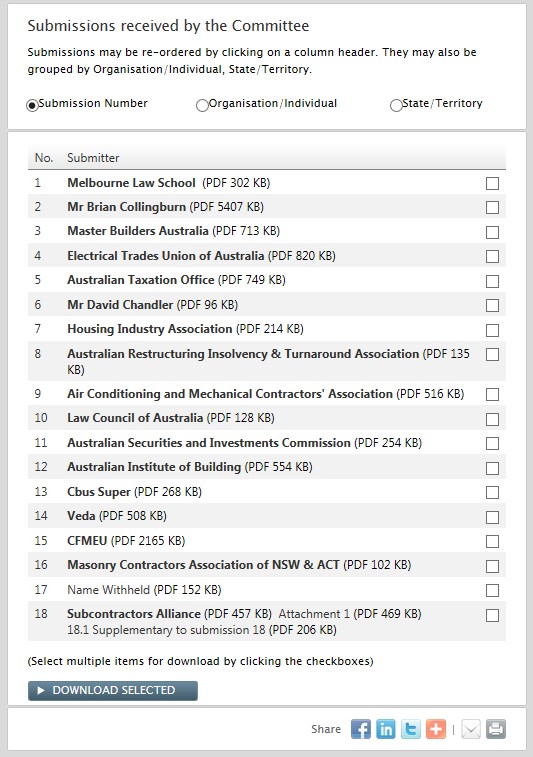
Warners case
Speaking of legal disputes between liquidators and the Australian Taxation Office (ATO)*, the ATO achieved victories in July and November 2015 in the Warner case, a case which arose as part of the ATO’s attack on phoenix company activity.
* See my blogs on the Australian Building Systems case .
Warners case is reported in Commissioner of Taxation v Warner [2015] FCA 659 (the first case) and Commissioner of Taxation v Warner (No 2) [2015] FCA 1281 (the second case).
The first Warners case
A case was brought before the Federal Court because the liquidators of a group of nine companies (creditors’ voluntary winding up, June 2013) which owed millions in tax debts refused to comply with demands by the ATO that they produce company documents. Those demands were issued in the course of investigations by the Phoenix Team of the Private Groups and High Wealth Individuals Business Line at the ATO. The basis for the demands was section 264 of the Income Tax Assessment Act 1936 and section 353-10 of Sch 1 to the Taxation Administration Act 1953.
The liquidators took the position that section 264 of the ITAA 1936 must be read as subject to section 486 of the Corporations Act 2001, which states that: “The Court may make such order for inspection of the books of the company by creditors and contributories as the Court thinks just, and any books in the possession of the company may be inspected by creditors or contributories accordingly, but not further or otherwise”. The liquidators claimed that the ATO, in common with any other creditor, must obtain a court order under section 486 before it can inspect the companies’ records held by the liquidators.
The Federal Court disagreed. It found that the liquidators were required to grant access to the documents demanded by the ATO, and that section 486 of the Corporations Act did not apply.
The group
At the bottom of this post is a list of the nine companies (known as the TJT group) involved in both the first and second case, showing their names, and former names, and their reported debts to the ATO. According to the Federal Court judge (Perry J) the group’s tax debt is/was “approximately $20 million, even without taking account of TJT (No 1)’s tax liability which is yet to be advised”. As is usually the case in phoenix activity, the companies changed their names several times. It appears from their former names that they were in business as employment, recruitment and/or human resources agents.
Continue reading »


